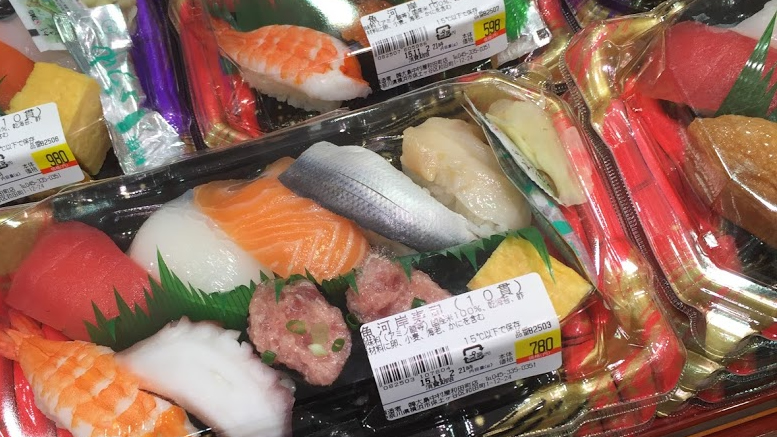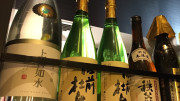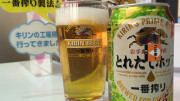Sashimi is what many people in the west consider Sushi, raw fish. Sushi is actually a rice based product which uses vinegared rice as its main ingredient. Sashimi, on the other hand, usually consists of some thinly sliced raw seafood with a variety of dipping sauces and accompaniments.

Sashimi in Japanese means “pierced body”, therefore, sliced flesh is exactly what sashimi is. Its main ingredient is thinly sliced pieces of seafood. The sashimi is more than food, it is an artwork. It is delicately sliced by an extremely talented chef, and beautifully arranged on a plate with some lovely condiments.
Sashimi can be served as a first course or a main course and can consist of a variety of seafood from exotic fish, prawns, eels, lobsters, octopus, shellfish and even squid. The seafood is always of the highest quality and remarkably fresh. It is served with daikon radish, gari or pickled ginger, hot wasabi or even soy sauce. The sashimi slices are always small, bite size pieces and are eaten with chopsticks.
Popular fish used in sashami include salmon, mackerel and tuna but the deadly fugu puffer fish are also immensely popular. Known as takifugu, it has lethal amounts of the poison tetrodoxin in its organs, so a highly skilled chef is required to fillet the fish and ensure it is safe for human consumption. The poison can quickly paralyse the muscles causing asphyxiation. There is no antidote other than to put the victim on life support until the poison wears off.
Many conservationists have voiced concerns around the world that the popularity of blue fin tuna sashimi, which is called maguro, is seriously affecting the species in the wild. Recently efforts are being made to popularise other seafood to try and protect the exceedingly limited stock of blue fin tuna.
There are varieties of sashimi which are cooked, including some varieties of octopus and even chicken. They are quickly seared leaving the inside fairly raw. Basashi or horse meat is also popular and traditional in the Tohoku region, even some large centres like Tokyo and Osaka will serve this dish, although it is not readily available.
Beef is also popular and is often found on the menu of many Japanese themed restaurants around the world. It is usually served with a little soy. There is also the odd vegetarian variety which might include bean curd skin, yuba or even certain types of fish roe. Salmon roe known as ikura and herring roe known as kazunoko are immensely popular. Sea urchin or uni is also considered a delicacy, as is kurange which is a jellyfish and namako, the sea cucumber.
The seafood used in sashimi is almost always salt water, as freshwater fish contain many harmful parasites which are not killed until the fish flesh is cooked. Salt water fish is relatively safe to eat raw as long as it is extremely fresh.
The sashimi chef is a highly regarded and supremely talented craftsman, and many years of experience is required to become top of the trade. Many of the top sashimi chefs will fillet the creature live called ikzukuri. Customers can choose the fish, prawn, lobster or other sea creature from tanks in the restaurant and the chef will prepare the dish in front of them. This practice might be a bit confronting for many people, sometimes the creature is served filleted on a plate with its vital organs still pumping or tentacles wriggling. It certainly isn’t for the faint-hearted, and many people from the west find it disturbing and extremely difficult having a live octopus or squid tentacles wriggling down their throat.
Another live sashimi style dish is the odori ebi which is known as the dancing shrimp. This creature is dipped live into sake which is meant to make the shrimp drunk then quickly dipped into a dipping sauce and eaten. Kurama shrimps are the popular shrimp used in this somewhat scary dish. This dish is also exceedingly popular in parts of China and Korea.




